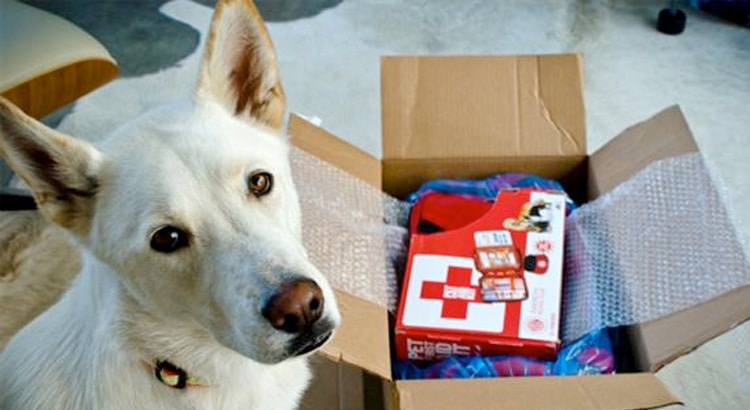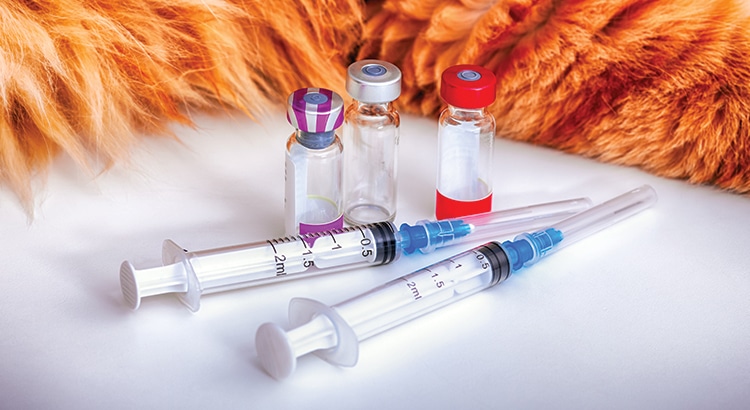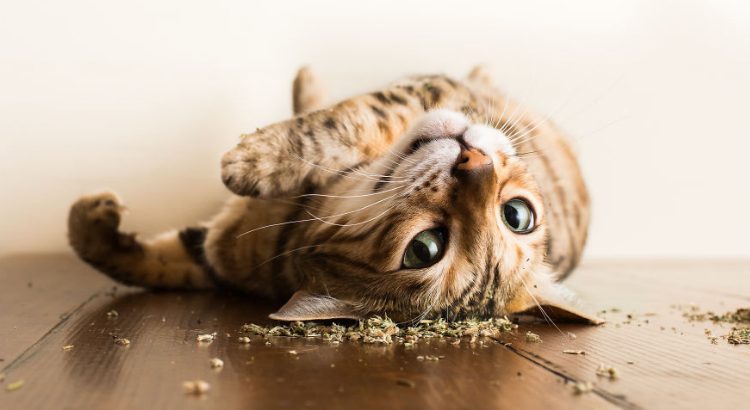
Disaster preparedness is important with hurricane season here and present. The official hurricane season for the Atlantic Basin is from June 1st to November 30th, with a peak season from mid-August to late October. During this time, those in the line of Hurricane Alley must remain on guard and be prepared to protect themselves as well as their pets.
An estimated 600,000 pets died or were left without shelter during Hurricane Katrina in 2005. Therefore, it is crucial to explore pet safety tips to keep our vulnerable furry friends safe as well. Hurricane Katrina, Harvey, and Maria taught us the hard way that the safety of our animals must be made a priority. Making pet safety preparations ahead of time will help to avoid chaos and heartache in the aftermath.
Steps to Prepare Your Pets for a Disaster
What should be in a pet emergency kit?
Absorbent gauze pads, adhesive tape, antiseptic wipes, blanket, cotton swabs, gauze roll, hydrogen peroxide, ice pack, non-latex disposable gloves, petroleum jelly, rectal thermometer, scissors, sterile non-stick gauze pads for bandages, sterile saline solution, and tweezers. The hassle of creating a pet emergency kit for hurricane season can be simplified by purchasing one that is pre-assembled.
For your family’s safety, keep all medical supplies and medications out of the reach of children and pets.




